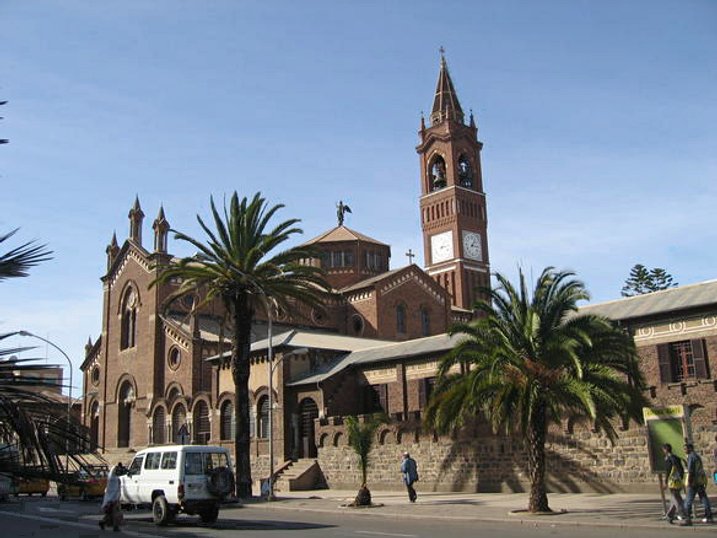Asmara - Africa's Secret City
On the 23rd of September, Vandu will be hosting an event in partnership with DRI considering Eritrea’s induction to the UNESCO World Heritage Sites. The beautiful architecture of Asmara will be the main topic of the evening, but what do we know about the other aspects of this overlooked city?
According to Eritrean traditional oral history, the area of Asmara, Kebessa Plateau, was fought over by four different tribes; after some time, the women of the tribes gathered and pushed for an alliance which was eventually agreed – it’s said that Asmara was named after the women, as it means “they* (feminine*) are united” in the country’s native language, Tigrinya.

Asmara was colonised by Italy in 1889, and under Governor Ferdinandi Martini was named as the capital of Eritrea; it is home to just over 800,000 people. The city is broken up into 13 districts: Acria, Abbashaul, Edaga Hamus, Arbaete Asmara, Mai Temenai, Paradizo, Sembel, Godaif, Maekel Ketema or Downtown, Tiravolo, Gejeret, Tsetserat and Gheza Banda. Asmara sits atop the Eritrean highlands (2,350m above sea level) on the eastern edge of the escarpment. In terms of religion, Asmara is pretty diverse, with a healthy mix of Orthodox and Catholic Christianity coupled with Sunni Muslim; there have been no records of tension between the two – in fact, crime in general in Asmara is pretty unheard of, and the city itself is one of the cleanest in Africa.
So, if you didn’t have a little background information on Asmara, you do now! We hope to see you on Saturday at Westgate Chapel in Lewes, click on the link below to reserve your place and for more information.
https://driorg.com/news/asmara-africas-modernist-city/
